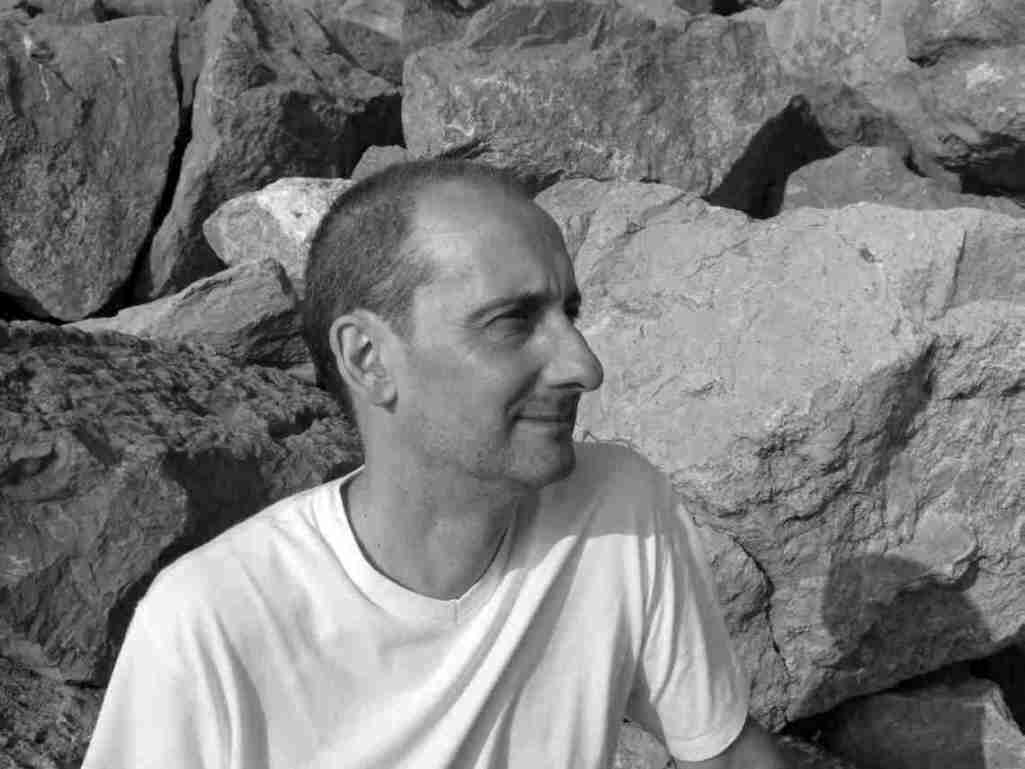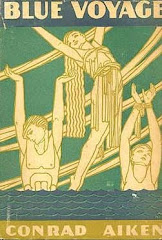 Malcolm Lowry described Liverpool as ‘that terrible city whose main street is the ocean’. Born on the Wirral side of the river Mersey, Lowry’s relationship to the Merseyside of his youth informs all of his writing and Liverpool itself continued to hold tremendous significance for him, even though he never returned. Published in conjunction with a festival and exhibition at Liverpool’s Bluecoat arts centre celebrating Lowry’s centenary, this beautifully produced book showcases a variety of creative and critical approaches to Lowry and his work, and includes twelve specially commissioned pieces of new writing. There is a particular focus on place and on journeys; contributors write from the UK, Europe, Canada and Mexico, and reflect both on Lowry’s ‘voyage that never ends’ and on their own journeys with and through Lowry’s work. The book also demonstrates the richness of Lowry’s influence on contemporary visual artists and includes full-colour illustrations throughout. It will be an indispensable companion for anyone interested in the creative legacy of Malcolm Lowry’s life and work.
Malcolm Lowry described Liverpool as ‘that terrible city whose main street is the ocean’. Born on the Wirral side of the river Mersey, Lowry’s relationship to the Merseyside of his youth informs all of his writing and Liverpool itself continued to hold tremendous significance for him, even though he never returned. Published in conjunction with a festival and exhibition at Liverpool’s Bluecoat arts centre celebrating Lowry’s centenary, this beautifully produced book showcases a variety of creative and critical approaches to Lowry and his work, and includes twelve specially commissioned pieces of new writing. There is a particular focus on place and on journeys; contributors write from the UK, Europe, Canada and Mexico, and reflect both on Lowry’s ‘voyage that never ends’ and on their own journeys with and through Lowry’s work. The book also demonstrates the richness of Lowry’s influence on contemporary visual artists and includes full-colour illustrations throughout. It will be an indispensable companion for anyone interested in the creative legacy of Malcolm Lowry’s life and work.
I am very pleased to announce that the book is now available. This is an essential read for anyone interested in Lowry. However, the imaginative construction of the book may excite readers to delve into Lowry for the first time, dig out Lowry's books again or move beyond
Under The Volcano and explore Lowry's other work.
Helen Tookey and Bryan Biggs, the editors, have assembled 12 essays written by a wide spectrum of people including myself. The editors say in their introduction; "the essays take a variety of approaches - creative, literary-critical, geographical, theoretical, fictional, anecdotal - to Lowry and his work."
Malcolm Lowry from the Mersey to the World: SynopsisIan McMillan(poet and broadcaster) Malcolm Lowry: who he was and who I was and who I "Poet Ian McMillan begins with a personal story of his encounter with Under the Volcano – ‘a story of misreading and mishearings and misunderstandings and long hours at sea and long hours on trains"."
Colin Dilnot (Wirral-based artist/writer) Lowry's WirralIn my essay, I provide a snapshot of my ongoing project to investigate and map the geographical contours of Lowry’s early years
Cian Quayle (Manx artist/writer) Elliptical Journeys: Malcolm Lowry, exile and return
Manx artist Cian Quayle reflects, through text and images, on the place and meanings of the Isle of Man for Lowry
Michele Gemelos (University of Cambridge) Lunatic City: Lowry's Lunar Caustic and New York"Michele Gemelos gives an intriguing reading of the Liverpool/New York dynamic, and the complexities of home, family and origins, in Lowry’s novella Lunar Caustic; ‘writing in New York’, she argues, Lowry uses a distinctively ‘Liverpool’ literary voice ‘to capture another city in similar crisis, to balance its contradictions, and to try to deal with those personal ones that he imported’."
Alberto Rebollo (Universidad Nacional Autónoma de México) It's not Mexico of course, but in the heart..." Lowry seen from Quauhnahhauc"From New York we travel south to Mexico, the setting and the genius loci of Lowry’s masterwork. Alberto Rebollo, guiding spirit of the Malcolm Lowry Foundation in Cuernavaca, gives an impassioned account of Lowry as the writer who, more even than most Mexican writers, has captured the truth of Mexico – and who, beyond any considerations of place, has written a novel of ‘human solidarity against death, human solidarity against isolation and the devastation of the world’."
Mark Goodall (University of Bradford) Lowrytrek: towards a psychogeography of Malcolm Lowry's Wirral"At the centre of the book, and as it were giving a conceptual grounding to the whole, Mark Goodall gives background to the notion of ‘psychogeography’ and makes a convincing case both for the value of such an approach to Lowry and for Lowry’s own creative process as fundamentally psychogeographic; as he points out, in his letter to Cape Lowry describes the first chapter of Under the Volcano as ‘above all establish[ing] the terrain’."
Ailsa Cox (short-story writer/Edge Hill University) No se puede vivir sin amarMark’s piece is followed by Ailsa Cox’s short story, "which takes up the themes, so central to Under the Volcano, of circulating words – letters which may or may not reach their destination, may or may not even be sent – and of the absolute necessity, above all, of love."
Annick Drösdal-Levillain (Strasbourg University) Eridanus, Liverpool: Echoes and transformations at the edge of eternity"From the volcanic landscapes of Mexico we follow Lowry to the northern idyll of Dollarton, Canada. Annick Drösdal-Levillain shows how Lowry’s Canadian ‘paradise’ was fundamentally imbued with the Wirral of his childhood; at the same time, she celebrates the ‘echo-system’ of Lowry’s writing, beautifully revealing the ‘treasures’ his work holds for ‘the reader willing to lend a “floating ear”’"
Nicholas Murray (Liverpool-born writer) Uxorius prose: Malcolm Lowry's October Ferry to Gabriola"Liverpool-born Nicholas Murray also focuses on Lowry’s Canadian writing, in this case recounting how Lowry’s last work, the unfinished October Ferry to Gabriola, appeared in his own life as a book he was ‘destined to read’; October Ferry, Murray argues, is ‘occasionally a flawed novel, but it is a richly rewarding and haunting one in its celebration of human freedom and the determination to find a meaningful path or embark on the redeeming voyage’."
Michael Turner (Vancouver-based writer) The Malcolm Lowry Room"Approaching Lowry from a rather different angle, writer and musician Michael Turner tells the wonderful story of how he came to create The Malcolm Lowry Room, a Vancouver nightclub ‘within mortar fire’ of Lowry’s Dollarton paradise, popular with bikers, playing host to the fabulous-sounding Demolition Doll Rods (‘a band that performed naked but for carefully placed pieces of gaffer tape, with two of the members in the midst of gender reassignment’), and presided over by huge photos of our hero himself ‘in his bathing trunks, standing guard’."
Robert Sheppard (poet and writer/Edge Hill University) Malcolm Lowry's land"Finally, we come full circle. Writer and poet Robert Sheppard weaves together multiple times and multiple journeys to create a haunting (and haunted) depiction of his pilgrimage to Lowry’s grave in Ripe, Sussex."
Gordon Bowker (literary biographer; author of Pursued by Furies: A Life of Malcolm Lowry)Malcolm Lowry: neglected genius
"Gordon Bowker, author of the highly acclaimed biography of Lowry, Pursued by Furies, provides an overview of Lowry’s life and his place in the literary pantheon; he is, Bowker argues, ‘probably the most neglected genius of modern English literature’."
You can buy the book directly from the
Liverpool University Press or from
Amazon UK






















































